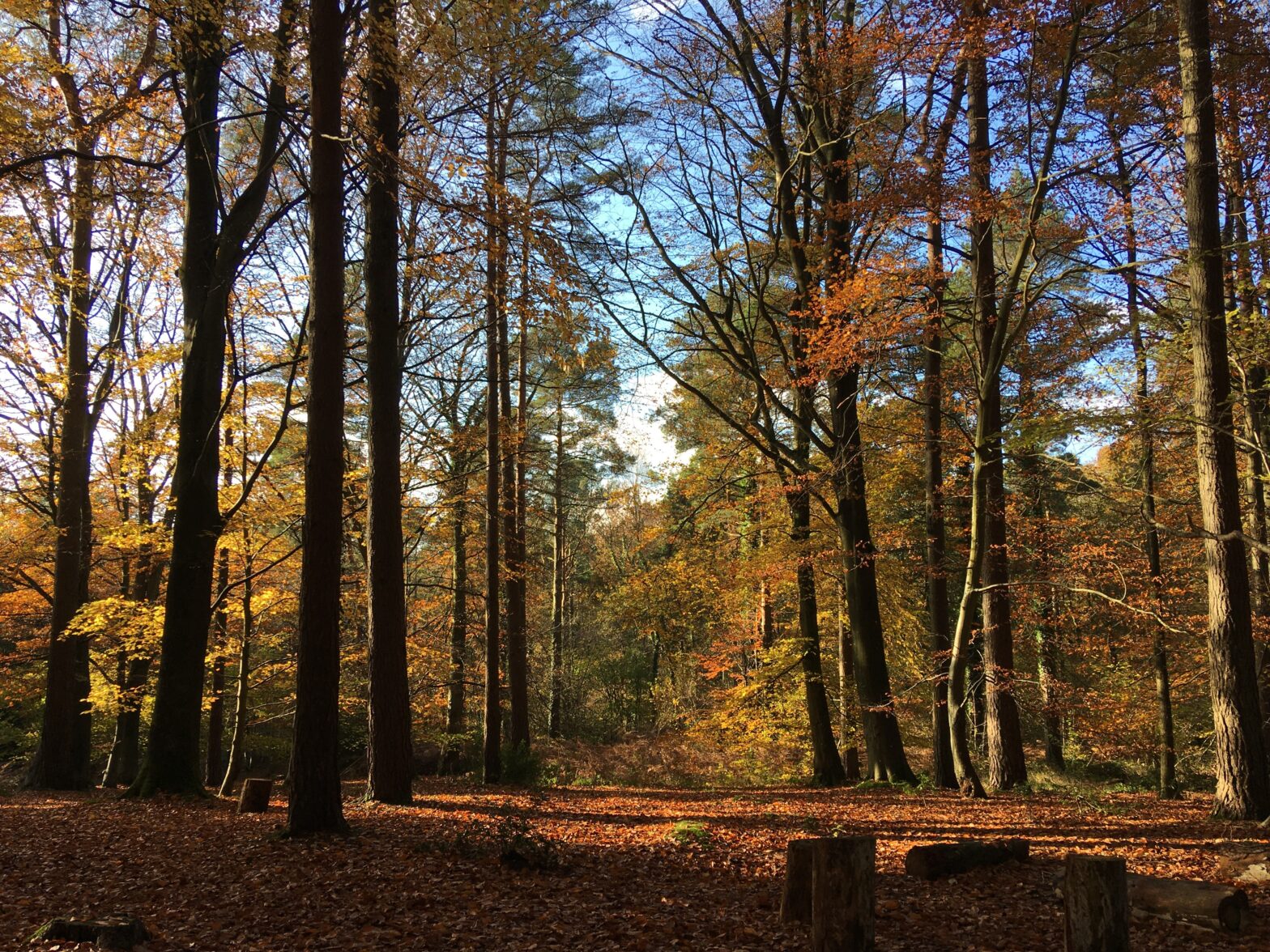At this time of harvest I am writing in my capacity as Chair of Trustees to harvest what we have learnt this year and last and use it to frame our vision for 2022 and the years ahead.
Background
As I wrote in my Autumn equinox update, we have done very well to come through the storm of Covid thus far. But the measures we have taken by necessity to survive have led to a disconnection between our ambitions as a charity and what we spend our day-to-day doing.
Now that we have some relatively still water, we can focus our attention on the bigger challenge at hand: how do we live more sustainably, healthily and resiliently in our ecosystem. As we see in both the current mental health and fuel crises, that challenge is more acute than ever.
Sustainability is no-longer enough
It is my view that sustainability has been captured by mainstream industry and politics as a smokescreen for business-as-normal. We now know that our efforts to sustain our ecosystems for the benefit of future generations has not been enough and that we are now beginning a process of climate and ecosystem breakdown.
What we need to do now is move beyond sustaining the current system towards regenerating our ecosystems. A regenerative ecosystem is one that is able to recover from shock. It is one that is able to thrive and become bio-productive once more with nothing more than the energy from the sun.
In his book ‘Designing Regenerative Cultures’ Daniel Wahl describes how our tendency to destroy nature comes from our separation from nature. In order to stop destroying our planet and create the societal and cultural context in which nature can regenerate, we need to reconnect with nature and with each other to find abundance and possibility in collaboration. Ultimately it is about designing every action for greater human and planetary health.
In these words I see something that unifies all the challenges we are dealing with at Hazel Hill. How do we connect with nature? How do we create systems that enhance rather than deplete our ecosystem? How can we work in a way that builds human and planetary health?
A centre for regenerative practice
I wrote earlier in the year about having a disputable purpose. Something that defines what you do do as well as what you don’t. Something that is interesting because it takes a stand. Something that we can gather around and go to work to do. I think the following vision captures that.
That vision is for Hazel Hill to become a centre for regenerative practice.
By regenerative I mean:
- Practice that with every action we are seeking to improve the health people and ecosystem
- Practice that seeks to reconnect humans with nature in an inner and outer way
- Practice that prioritises collaboration and abundance over scarcity and competition.
By practice I mean three things:
- Acting – we act using regenerative principles
- Advise – we teach the regenerative principles that emerge from our practice
- Advocate – we share and make the case for acting more regeneratively.
What might this look like in action?
I think the most striking difference will be that in time, people won’t just come to Hazel Hill to ‘use’ the wood, but they will come here to help build the centre, contribute to developing its practice and come away with greater awareness, skills and connection to nature.
I think the starting point will be to use some of the challenges we have faced recently and to explore these regeneratively:
- How do we create warm spaces?
- How do we create light?
- How do we create shelter?
- How do we develop and share reflective practice?
- How do we manage food waste?
- How do we enhance the biodiversity of the wood’s ecosystem?
- How do we deal with conflict?
In time each of these can become a working theme. For each we explore the challenge and opportunities from a regenerative perspective, share how we make our decisions, including the difficult things to weigh up, and develop reflective practice around how we implement the solution.
For each thread we should consider how we act, advise and advocate. All the time we are developing knowledge and acting on the basis of previous experiments.
How would groups encounter the wood?
Ideally, all groups coming to the wood would be here to help build the centre. That could be by engaging with a design project that emerges from the problem of food waste, or it could be helping to clear an area of woodland for new planting. Or it could be to help develop a language of reflective practice around nature connection.
Each group should leave the ecosystem richer.
And what about our internal projects?
I have written recently about how we could approach the replacement of the decking in a more regenerative way. I think we need to move to considering all these projects with more lead-in time, and treat each one as an experiment in regenerative design.
Our outputs
I see a significant output to this work being a Hazel Hill manual for regenerative practice. Inspired by the Whole Earth Catalogue, this becomes both a guide to how we work (acting), a resource from which to teach (advise) and a tool with which we can influence others (advocate).
Next steps to create a centre for regenerative practice
I see this journey starting with a question, ‘How can we turn Hazel Hill into a centre for regenerative practice?’. Think of it as a vision question rather than a vision statement, something which can act as a container for our activities in the year ahead.
We can then begin by looking at all our activities and those of our groups and just seeing what emerges when we ask that question. Even a mini pilot of such a session held at the recent Autumn Conservation weekend yielded some interesting ideas.
We also begin by telling other people what we are doing. As Brene Brown says, people like it when other people step into the ring and make themselves vulnerable. They want you to succeed and they want to support you. If we step up and say this is what we are doing I think we will unlock all sorts of support from people that surround us.
To borrow a metaphor from ‘Transformative Innovation’ we need to refit the aeroplane while keeping it flying. So in setting our business plan for the year ahead, we need to maintain some revenue from full fee paying clients while creating space for experimentation with partner organisations. But even where we have these more commercial relationships, we should be finding ways to act, advise and advocate with the principles of regeneration.
I think that through asking how we become a centre for regenerative practice, we will both find a way to unite our activities and values, and at the same time we will be asking and helping to answer a question that speaks to so many of the challenges that people and organisations are facing more widely.
Oliver Broadbent, Chair of Trustees


One comment
Comments are closed.